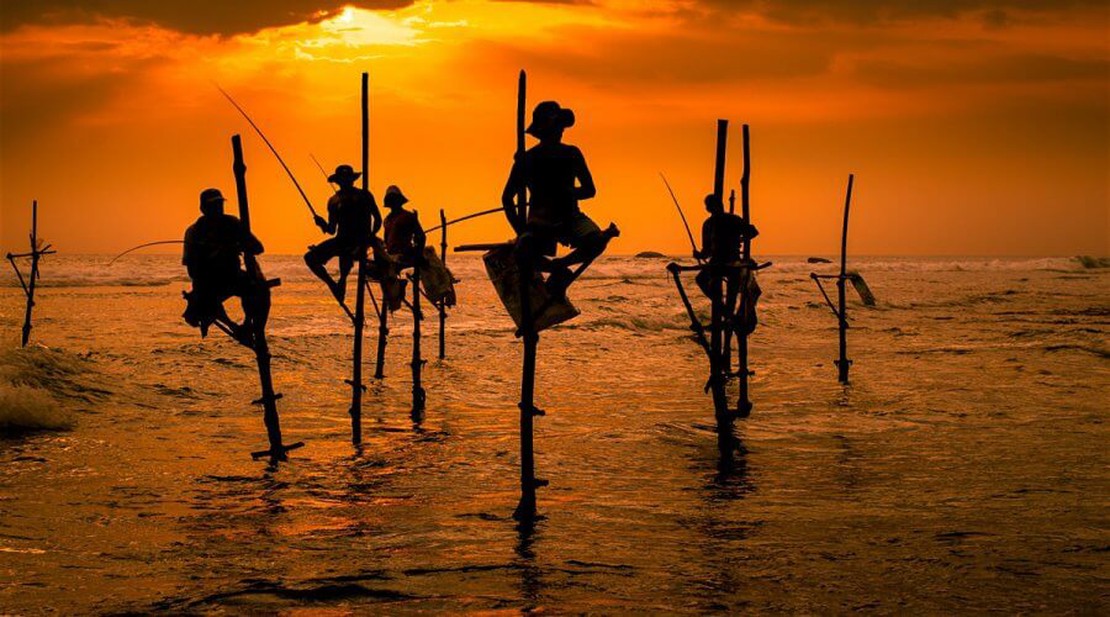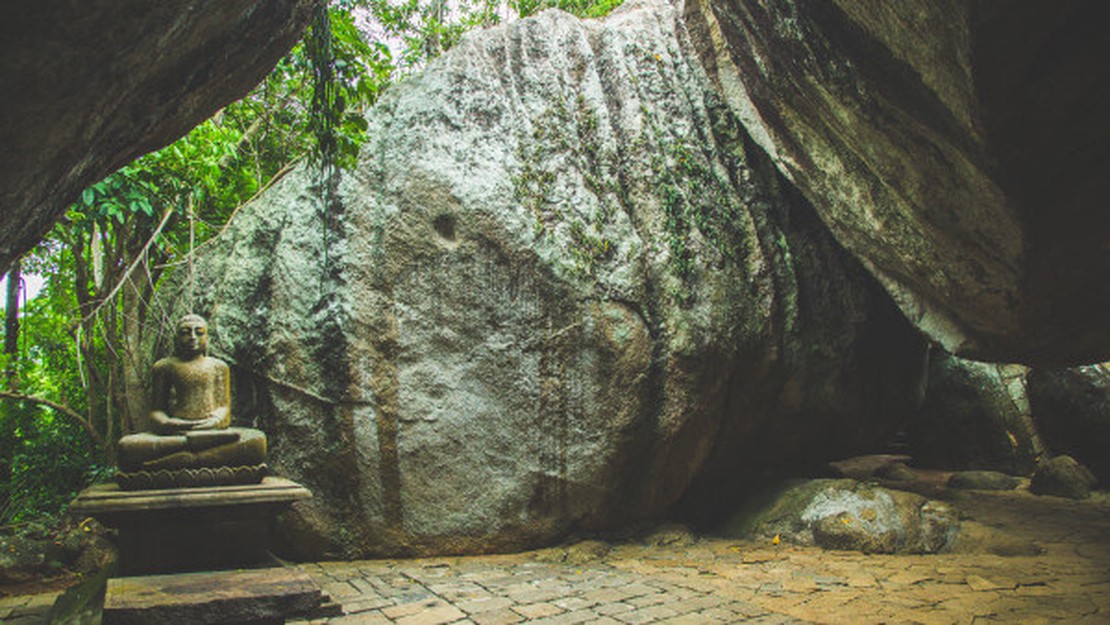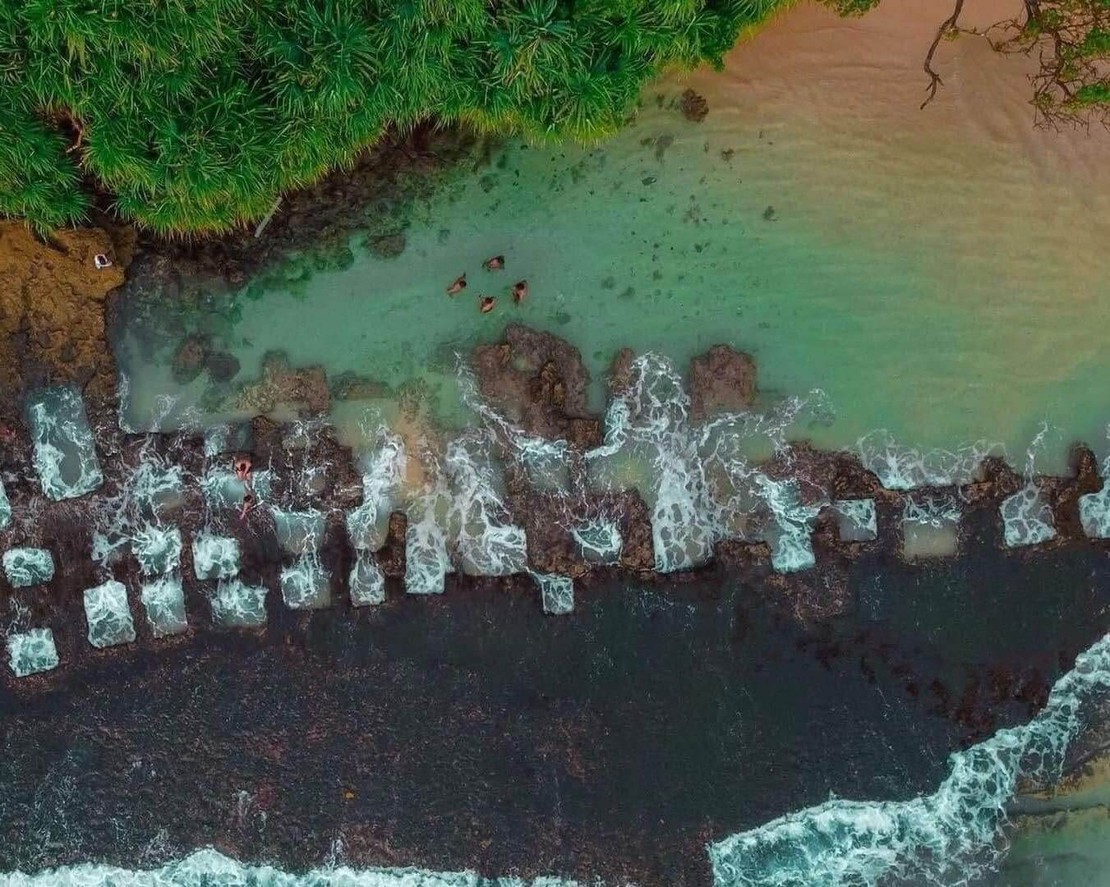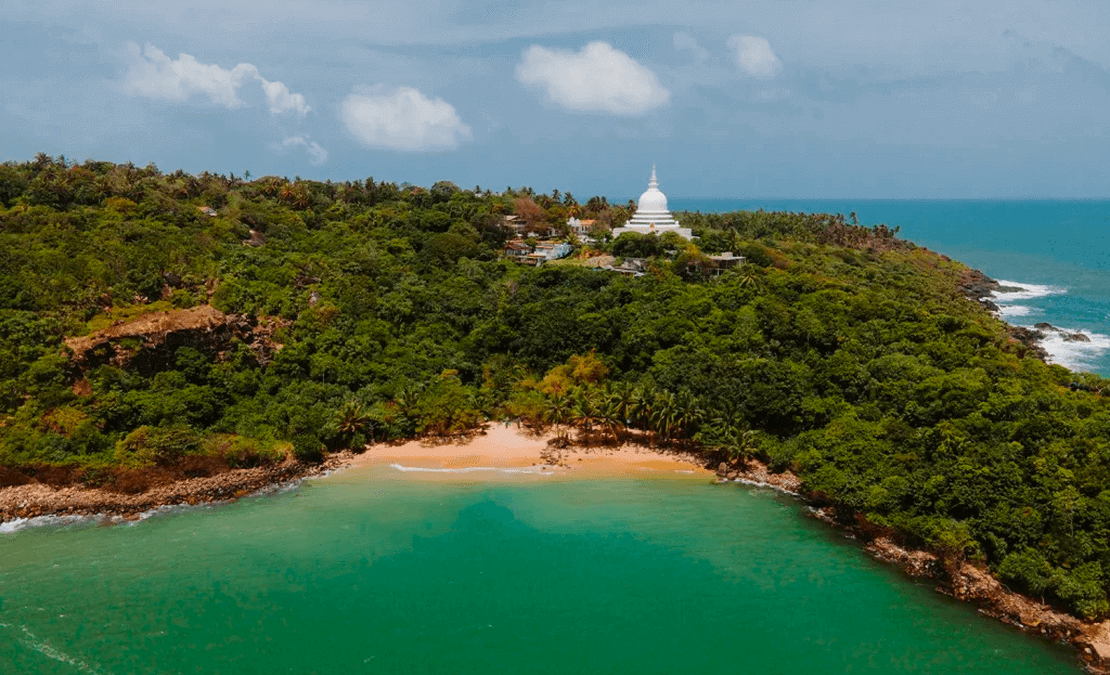
Stilt Fishing Koggala - An Iconic Image of Culture
- Admin
- Coastal attractions , Outdoor activities
- September 21, 2023
The Southern Coast of Sri Lanka is well known for its picturesque views and vistas, full of diversity and the abundant marine life. Koggala, being one such area located in the Southern Coast, is home to the traditional art of fishing called Stilt Fishing.
Stilt Fishing is a form of fishing where the fisherman perches on a vertical pole with cross bars for sitting, which is where they wait patiently for a catch. The vertical pole itself is about 3 or 4 meters high and is planted into the sea bed in shallow waters of the ocean. This technique of fishing, which is also known as “Ritipanna” in Sinhala is famous form of fishing in areas such as Weligama, Dikwella and Tangalle as well. If you manage to catch the view of these fishermen sitting on stilts, silhouetted against a golden sunset by the ocean, it will become a breathtaking image that will seep into your brain and stay there long after you have witnessed it.
Other things to do:
The stilt fishermen of Koggala engaging in fishing is a unique sight to see and/or photograph. The lesser known reality of the fishermen is the fact that the act of stilt fishing alone is not enough of an activity to generate income in the daily lives of these fishermen so they do this more or less as a performance for the tourists and visitors who are enthusiastic about stilt fishing. Hence, the times that they engage in stilt fishing are mostly limited to dusk or dawn.
While you are there, you can also go visit the Turtle Hatchery in Habaraduwa which is run by a team of volunteers who are dedicated to preserving the turtle population in the southern coast. They are located less than 3km away from the stilt fishermen observation point and is well worth the visit. The people who take care of the turtles are very friendly and will explain and guide you through the process of how they tend the injured animals and how they care for the newly hatched turtles as well.
When to visit:
The practice of stilt fishing, as easy as it may look, takes a lot of skill and patience mixed with the strength to persevere through the weather conditions since they have to hold onto the stilts with one hand and hold the fishing rod with the other, all the while balancing themselves and staying still, so as not to disturb the fish. They have to do this for several hours at a stretch!
Usually, the hours of stilt fishing extend from early morning to until about 9 a.m. and they leave the spot until evening since it is said that the fish only come to the shallow waters in the early hours of the day and towards the last light of the day. The stilt fishermen return to their spots in the late afternoon and stick around until about 4.30 – 5 p.m., which is the time they believe that the fish leave for deeper waters. The stilt fishermen normally catch smaller types of fish such as spotted herring and mackerel and the best times of the year to find them engaging in this activity is during the months of the southwest monsoon which are from May to September.
How do I get there?
Once you are in Galle you can get to Koggala by continuing on the A2 road towards the East. On the way you will go past Unawatuna, Talpe, Habaraduwa and then you will arrive in Koggala. Continue along the Matara road until you go past the Koggala Police Station, the Koggala Police Ground (both on the left side of the road) and from then on it is only a short distance until you get to the Stilt Fishing spot on the right side, the ocean side of the road.
What to wear and carry:
Since, this is technically a beach area and would be populated with tourists, clothes that suit a warm climate are appropriate.
Accessibility:
The point where you can observe the stilt fishermen is located on a landmass that is more akin to a ridge near the ocean where the water is shallow. So, anyone can access and witness the stilt fishermen in all their glory with relative ease. And NO, you won’t be allowed to wade into the waters even though they are seemingly shallow. Keep your distance, stay safe, take some photos and enjoy the view!
Where to wine and dine:
The food culture of Koggala is vibrant. You get seafood, the village food from inland and International cuisine from the myriad of beach restaurants that serve tourists.


